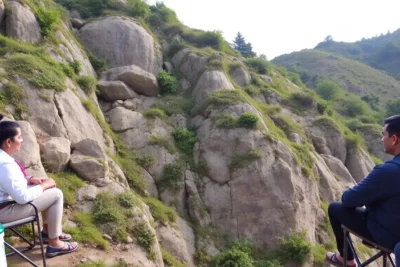
- The Historical Significance of the Sagrada Familia's Construction
- Exploring the Architectural Innovations of the Sagrada Familia
- The Vision of Antoni Gaudí: Why the Sagrada Familia was Built
- Cultural and Religious Influences in the Design of Sagrada Familia
- The Ongoing Legacy of the Sagrada Familia: A Work in Progress
- Understanding the Symbolism Behind the Sagrada Familia's Design
The Sagrada Familia, a breathtaking basilica in Barcelona, is not just a masterpiece of architecture but a symbol of devotion and creativity. Its construction began in 1882, driven by the vision of architect Antoni Gaudí, who sought to create a unique spiritual experience through his innovative designs.
In this exploration, we delve into The Fascinating Story: Why Sagrada Familia was Built, uncovering the religious, cultural, and artistic motivations behind this monumental project. As the basilica continues to evolve, it remains a testament to the enduring human spirit and the quest for beauty in faith.
The Historical Significance of the Sagrada Familia's Construction
The construction of the Sagrada Familia holds immense historical significance as it encapsulates the spirit of a transformative period in Spain. Initiated during the final years of the 19th century, this monumental project emerged as a response to the growing industrialization and urbanization of Barcelona, reflecting the city’s ambition to become a cultural hub. Gaudí’s vision was not only architectural; it was a celebration of Catalan identity and a reaction against the artistic norms of the time.
Additionally, the Sagrada Familia serves as a remarkable example of modernisme, a Catalan art movement characterized by its intricate designs and organic shapes. Gaudí's methodologies, integrating natural forms and innovative engineering techniques, have influenced countless architects and artists worldwide. This basilica is a living archive of artistic expression that continues to inspire new generations.
- Religious Significance: It is dedicated to the Holy Family, emphasizing the Christian faith.
- Cultural Impact: The Sagrada Familia has become a symbol of Catalonia, representing its unique heritage.
- Architectural Innovation: Gaudí’s techniques, such as hyperboloid structures and parabolic arches, were groundbreaking.
Moreover, the Sagrada Familia stands as a testament to the enduring human endeavor to create beauty and meaning in architecture. The ongoing construction, expected to be completed in the coming years, reflects a collective commitment to preserving Gaudí's vision while adapting to contemporary values and technologies. This dynamic journey adds layers of significance to its history, making it a unique point of reference in both the architectural and cultural narratives of Spain.
Exploring the Architectural Innovations of the Sagrada Familia
The Sagrada Familia is renowned for its architectural innovations that push the boundaries of traditional design. One of the most striking features is Gaudí's use of hyperboloid structures, which not only enhance the aesthetic appeal but also provide exceptional stability. This innovative use of geometry allows for the creation of intricate facades that mimic natural forms, a hallmark of Gaudí's style.
Another remarkable aspect is the implementation of parabolic arches, which serve as both structural supports and artistic elements. These arches effectively distribute weight, allowing for taller and more spacious interiors. The interplay of light and shadow created by these design choices enriches the spiritual ambiance of the basilica, making it a captivating space for visitors and worshippers alike.
- Use of Natural Light: Gaudí designed the stained glass windows to capture and filter light, creating a colorful illumination that changes with the time of day.
- Organic Forms: The columns inside the basilica resemble trees, branching out to support the vaults, thereby blurring the lines between architecture and nature.
- Innovative Materials: Gaudí incorporated local materials and cutting-edge techniques of his time, ensuring that the design harmonized with the surrounding environment.
These architectural innovations highlight Gaudí's profound understanding of nature and engineering, setting a precedent for future architects. His visionary approach not only revolutionized the way sacred spaces are conceived but also demonstrated the potential of architecture to inspire and elevate the human experience. The Sagrada Familia remains a testament to creativity and ingenuity, continuing to captivate minds and hearts across the globe.
The Vision of Antoni Gaudí: Why the Sagrada Familia was Built
Antoni Gaudí's vision for the Sagrada Familia was deeply intertwined with his spiritual beliefs, aiming to create a structure that transcended mere architecture. He envisioned the basilica as a place of worship that would visually narrate the story of Christianity, particularly the life of Jesus and the significance of the Holy Family. This intent was to foster a profound connection between the divine and the faithful within its walls.
At the heart of Gaudí's design was the integration of nature and spirituality. He believed that architecture should reflect the divine order found in the natural world. This philosophy led him to incorporate elements such as:
- Natural Motifs: Inspired by the forms and patterns found in nature, Gaudí's designs evoke a sense of organic harmony.
- Symbolism: Each aspect of the basilica is laden with symbolic meaning, from the facades representing different stages of Christ's life to the intricate sculptures adorning the structure.
- Light as a Spiritual Element: Gaudí crafted the use of light within the basilica as a way to represent the divine, with stained glass windows designed to create a kaleidoscope of colors that uplift the spirit.
Furthermore, Gaudí's commitment to the project was absolute, often stating that he was merely a servant of God’s plan for the Sagrada Familia. His dedication is evident in the meticulous detail and the ambitious scale of the basilica, which reflects both his architectural genius and his faith. Gaudí viewed the Sagrada Familia not just as a building, but as a living testament to the power of faith and creativity, meant to inspire future generations.
Cultural and Religious Influences in the Design of Sagrada Familia
The design of the Sagrada Familia is profoundly influenced by both cultural and religious elements, reflecting the unique spirit of Catalonia. Gaudí incorporated elements of Catalan nationalism into the basilica, promoting a sense of local identity and pride. This is evident in the use of traditional symbols and motifs throughout the structure, which resonate with the historical and cultural narratives of the region.
Religiously, the Sagrada Familia is dedicated to the Holy Family, embodying key aspects of the Christian faith. Gaudí intended the architecture to serve as a visual representation of biblical stories, integrating symbolic imagery that narrates the life of Jesus Christ. The facades, each with distinct themes, are designed to communicate spiritual teachings and engage worshippers in a deeper understanding of their faith.
- Architectural Symbolism: The towers symbolize the Apostles, while the Nativity facade portrays the birth of Jesus, conveying essential Christian beliefs.
- Cultural Heritage: Local craftsmanship plays a critical role, with artisans incorporating traditional techniques that reflect Catalonia's artistic legacy.
- Spiritual Experience: The interplay of light, space, and natural forms is designed to evoke a sense of divine presence, enhancing the worship experience.
In addition to these influences, Gaudí's connection to nature is central to the Sagrada Familia's design, which seeks to mirror the beauty of the natural world. His philosophy emphasized that architecture should harmonize with the environment, making the basilica not just a place of worship, but a sanctuary that inspires reverence and reflection among its visitors. This intricate blend of cultural and religious elements continues to captivate and educate both locals and tourists alike.
The Ongoing Legacy of the Sagrada Familia: A Work in Progress
The ongoing legacy of the Sagrada Familia is not just a reflection of its monumental architecture but also an embodiment of a cultural and spiritual journey. As construction progresses, the basilica symbolizes the convergence of historical traditions and modern innovation. Each phase of its development pays homage to Gaudí's original vision while addressing contemporary architectural challenges, ensuring that the Sagrada Familia remains relevant in today’s world.
This architectural masterpiece serves as a living testament to the dedication and creativity of countless artisans and architects who have contributed to its construction. The collaboration between skilled craftsmen and modern engineers fosters a unique synergy that bridges the gap between past and present. Their efforts ensure that every detail, from the intricate facades to the towering spires, remains true to Gaudí's ethos while embracing the advancements of the 21st century.
Importantly, the Sagrada Familia stands as a beacon of hope and inspiration for future generations. Its ongoing construction invites people from all walks of life to participate in a collective endeavor that transcends mere building. Visitors have the opportunity to witness the evolution of this iconic structure firsthand, reinforcing their connection to its rich history and the ongoing pursuit of artistic excellence.
Moreover, the Sagrada Familia's anticipated completion marks a significant milestone in both architectural and religious contexts. It will ultimately serve as a fully realized expression of Gaudí’s vision, encapsulating the essence of faith, art, and community. As the basilica approaches its final stages, it continues to inspire a sense of wonder and reverence, making it a cherished landmark that reflects the enduring legacy of creativity and devotion.
Understanding the Symbolism Behind the Sagrada Familia's Design
Understanding the symbolism behind the Sagrada Familia's design reveals the deep interconnection between architecture and spirituality. Each element of Gaudí's masterpiece is meticulously crafted to convey profound religious meanings. For instance, the three grand façades represent significant events in the life of Christ, inviting visitors to engage with the biblical narrative on a visual and emotional level.
Moreover, Gaudí employed natural forms throughout the basilica to symbolize harmony between the divine and the earth. The columns, resembling trees, not only support the structure but also reflect Gaudí's belief that architecture should mimic nature. This integration creates an atmosphere of reverence, encouraging visitors to contemplate their connection to the universe.
- Spiritual Symbolism: The towers represent the Apostles, acting as spiritual guides for the faithful.
- Light and Color: Stained glass windows filter sunlight, creating a vibrant display that symbolizes divine presence.
- Organic Architecture: The use of curves and asymmetry reflects the natural world, embodying Gaudí's philosophy of unity with creation.
Ultimately, the Sagrada Familia stands as a testament to the innovative spirit of Catalan culture and the enduring quest for a deeper understanding of faith. Each architectural choice encapsulates a story, inviting both worshippers and tourists to reflect on the beauty of belief and the importance of community. This dynamic interplay of symbolism and design ensures that the basilica remains a living expression of devotion and artistry.
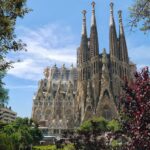 The Fascinating Location of Sagrada Familia in the Heart of Barcelona
The Fascinating Location of Sagrada Familia in the Heart of Barcelona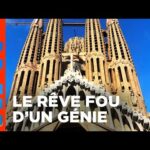 Discovering the Iconic Landmark: Where is Sagrada Familia Located in Barcelona?
Discovering the Iconic Landmark: Where is Sagrada Familia Located in Barcelona? Why Sagrada Familia Was Built: Unveiling the Secrets Behind Gaudí's Masterpiece
Why Sagrada Familia Was Built: Unveiling the Secrets Behind Gaudí's Masterpiece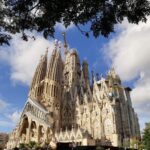 The Sagrada Familia in Barcelona is a must-see! 🏰😍
The Sagrada Familia in Barcelona is a must-see! 🏰😍If you want to know other articles similar to The Fascinating Story: Why Sagrada Familia was Built you can visit the category Blog.
Deja una respuesta

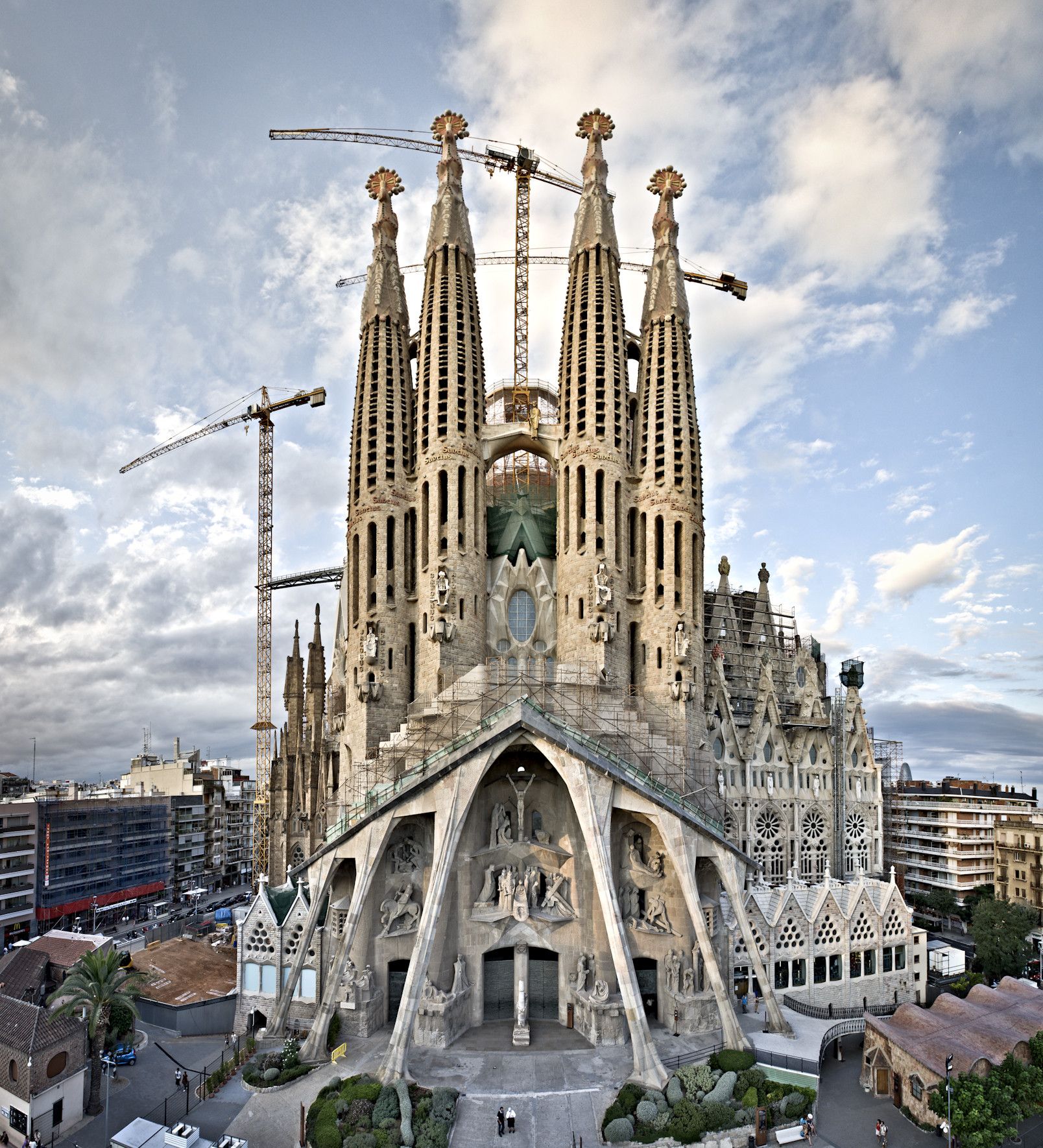




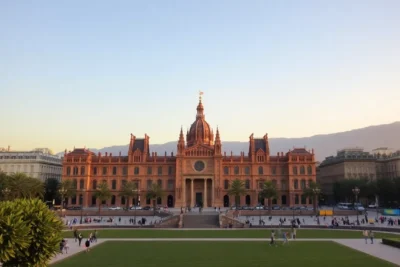

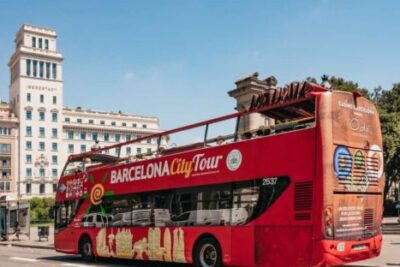
Read more!